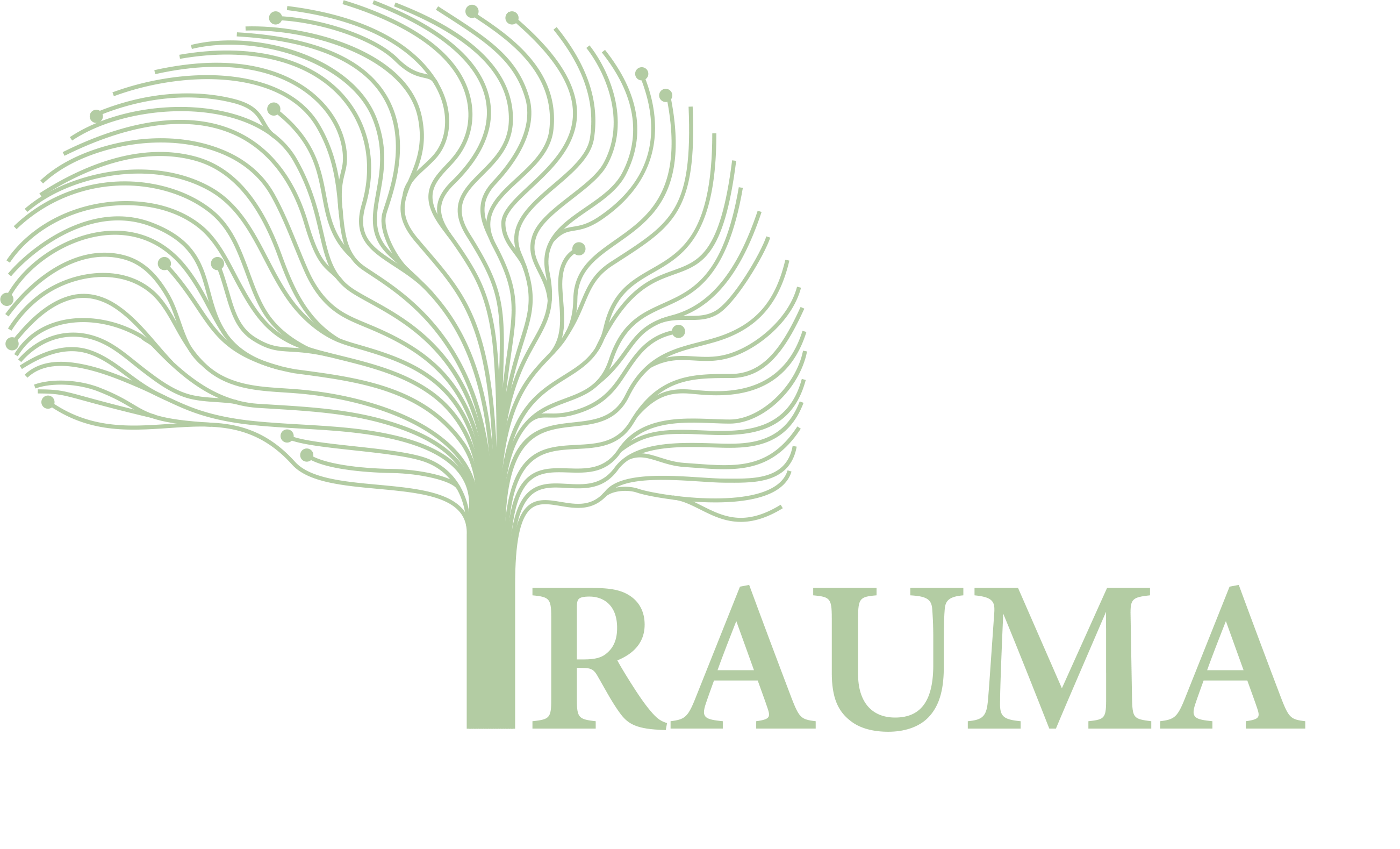Dialectical Behavior Therapy For Kids
Child therapy and DBT for kids
One of the reasons therapists work with children in therapy is because by starting early, you can prevent a lot of maladaptive coping that can cause problems later in life. This is especially true for children who have trouble regulating their emotions. DBT for Children can help ameliorate ineffective emotional displays in childhood and support these children to improve their coping skills, feel better about themselves and have more pleasant interactions with family and friends.
Why use DBT Therapeutic Activity Ideas for Kids and Caregivers in child therapy?
Carol Lozier’s new book, DBT Therapeutic Activity Ideas for Kids and Caregivers is ideal for treating children who often get in trouble in school, who have trouble focusing, who get in fights with other kids, who have a hard time calming down and following directions, or who seem to take a long time to regroup when feeling sad, mad or scared.
I have found DBT Therapeutic Activity Ideas for Kids and Caregivers to be an invaluable guide to helping children along this journey. Carol Lozier’s activities make it fun and exciting for children to practice what they learned in session. I am always on the lookout for engaging activities to help clients, especially children and adolescents, to generalize their skills outside of the therapy room. So naturally, I ordered this book the first day it came out for sale online. And, I’m glad to share that this engaging and interactive workbook really helps kids enjoy practicing the skills taught in therapy – oh and parents too. Feedback I’ve gotten from caregivers is that these DBT-based explanations and activities helped them not just as parents, but also as people. Let’s be honest – we all have big emotions sometimes!
It is clear that Carol Lozier, MSW LCSW knows DBT and understands children. This guide makes it super easy for therapists to explain, plan, and practice activities with children and their family members. Carol Lozier has a unique way of simplifying complex psychological ideas into a single quote, short directions and images or anecdotes that children can really relate to. My gratitude to her for taking the time to write/draw this book is immense. I am sure that the included worksheets will be a great resource for use in any DBT group for children. I would highly recommend this book to any caregiver struggling to understand or interact with their elementary-school aged child and look forward to using these DBT activities in child therapy for many years to come.



